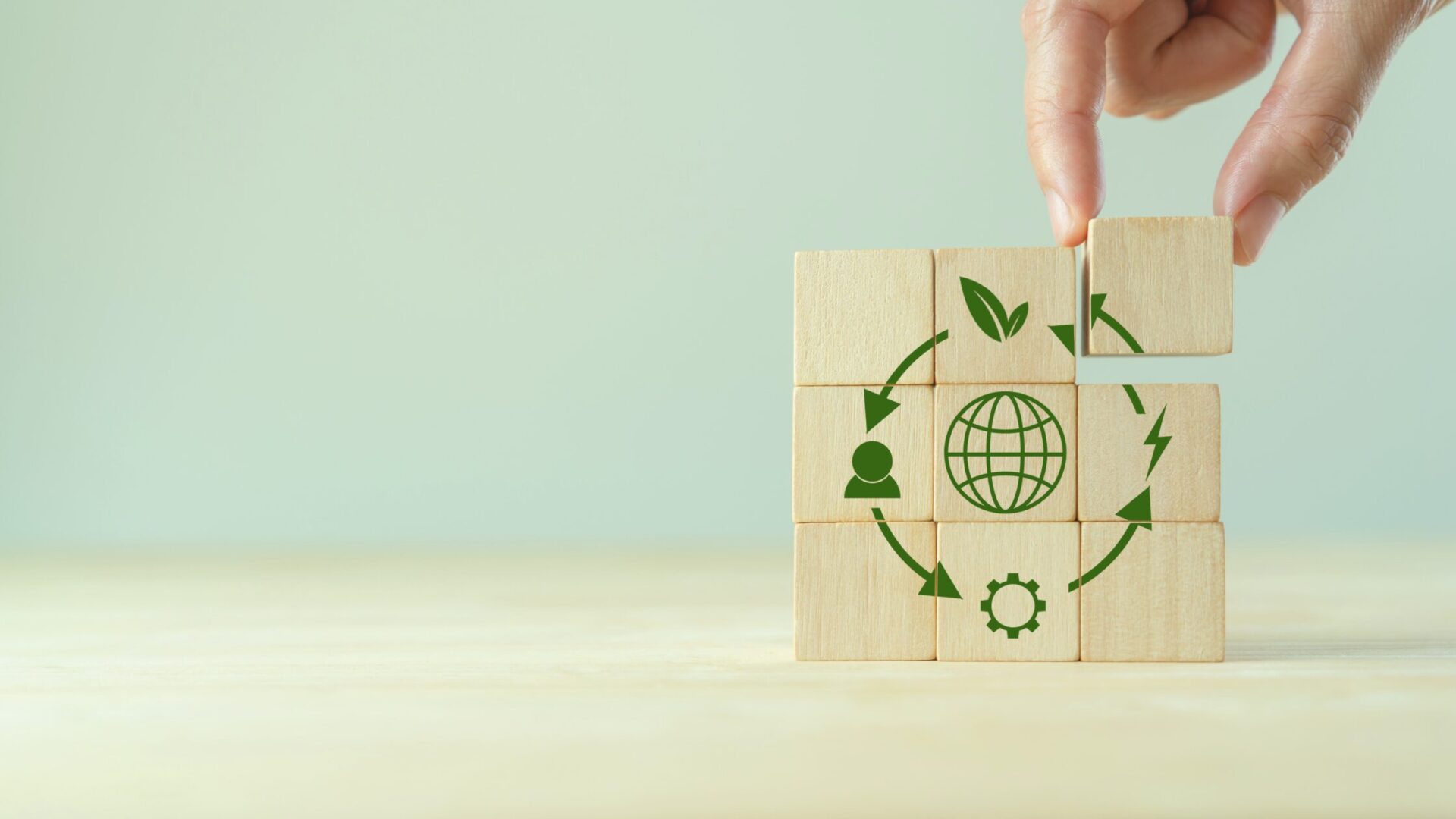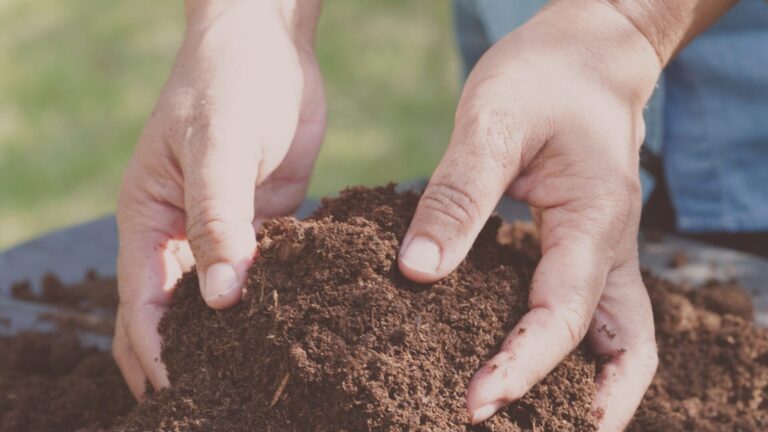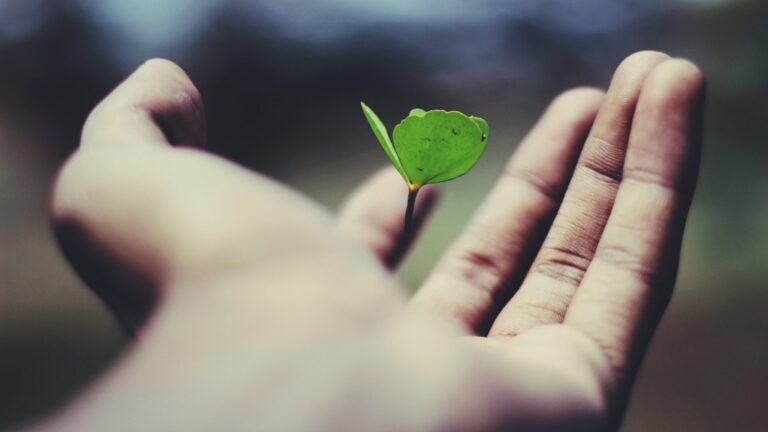The era of “buy it, use it, toss it” is drawing to a close. Around the world, a quiet revolution is taking shape—one that asks us to reimagine our relationship with the things we consume, the waste we generate, and the planet we call home.
It’s called the circular economy, and it’s far more than a trendy buzzword. When I first encountered the term, I assumed it was simply another way of saying “recycling.” But the more I learned, the more I realized this concept represents something far more profound: a fundamental redesign of how we create, consume, and coexist with the natural world.
In this article, I want to explore what the circular economy really means, why it matters now more than ever, and how each of us can participate in building a system that honors both prosperity and sustainability.
From Linear to Circular: Understanding the Shift
For generations, our economy has operated on a linear model: take, make, use, dispose. We extract raw materials from the earth, manufacture products, consume them, and discard what’s left. It’s a one-way street—efficient in the short term, but devastating in the long run.
This linear approach has served industrial growth well, but it’s also created a cascade of crises: resource depletion, mounting waste, and accelerating climate change. The model assumes endless resources and infinite space for disposal—assumptions that no longer hold true.
Enter the circular economy: a system designed to keep materials, products, and resources in use for as long as possible. Instead of ending in a landfill, products are repaired, reused, remanufactured, or regenerated. Waste is designed out of the system entirely. Value is preserved, not discarded.
The inspiration for this model comes from nature itself. In natural ecosystems, nothing is wasted—nutrients cycle, energy flows, and one organism’s waste becomes another’s resource. The circular economy seeks to mirror this elegance in our industrial and economic systems.
Why Circularity Matters Right Now
The urgency of transitioning to a circular economy is rooted in three interconnected crises.
1. Resource Scarcity
Human consumption of natural resources has increased more than tenfold since 1900, and projections suggest it will double again by 2030. Currently, humanity’s ecological footprint exceeds what Earth can regenerate—by 2030, we’re expected to require the equivalent of two planets to sustain current consumption levels. By 2050, that figure could reach three Earths.
This isn’t abstract theory. It’s a tangible constraint on how we live, work, and thrive.
2. Climate Impact
The extraction and processing of raw materials account for roughly half of all global greenhouse gas emissions—some estimates place it as high as 70%. What’s particularly striking is the concept of embodied emissions: the carbon footprint embedded in the products we buy, from manufacturing to transportation.
In other words, what we purchase has a greater climate impact than how we travel or how we heat our homes. Implementing circular economy strategies could reduce global emissions by up to 39%—equivalent to 22.8 billion tons of CO₂.
3. Waste Overload
In a linear economy, products are designed with obsolescence in mind. Lifespans shorten, replacement cycles accelerate, and landfills overflow. Repair and reuse become niche rather than normal. The result? Mountains of waste that burden ecosystems, communities, and future generations.
What We Gain from Going Circular
The circular economy isn’t about sacrifice—it’s about smarter systems that benefit everyone.
For Businesses:
Circularity offers significant cost savings by reducing raw material dependency and waste disposal expenses. But the real opportunity lies in innovation. By 2030, circular business models could generate $4.5 trillion in additional economic value globally.
New revenue streams are emerging through:
- Product-as-a-Service models, where companies retain ownership and earn recurring revenue through rentals or subscriptions (think car-sharing or furniture leasing)
- Circular supply chains that recover and reintegrate materials
- Remanufacturing and refurbishment, which create jobs while extending product life
The International Labour Organization estimates that circular economy activities could create 6 million additional jobs worldwide by 2030—roles in repair, design, logistics, and resource recovery.
For Consumers:
Circular systems give us access to higher-quality, longer-lasting products. In a circular economy, durability and repairability aren’t luxuries—they’re built-in.
France, for example, has enacted laws against planned obsolescence, requiring extended warranties and accessible repair services. As consumers, we benefit from lower long-term costs, more affordable access to goods through sharing platforms, and products designed without toxic chemicals that harm our health.
Circularity in Action: Fashion and Food
Two industries illustrate how circular principles are being applied in transformative ways.
Circular Fashion
The fashion industry has long operated on a “fast fashion” model—rapid production, rapid disposal, and devastating environmental and social consequences. A circular fashion economy flips this script.
Key strategies include:
- Design for longevity: Products built to be repaired, resold, or recycled
- Take-back programs: Brands like Patagonia encourage customers to return worn items for repair or resale through initiatives like Worn Wear
- Rental and subscription models: Companies like AnotherADress offer fashion subscriptions, reducing the need for ownership while maximizing product use
- Regenerative materials: Shifting to organic cotton and eliminating microfiber pollution
Eileen Fisher, a pioneer in circular fashion, puts it plainly: “Fashion’s big problem is overconsumption. We need to produce less and sell less.”
Related article: Less Is More: Inside Japan’s Clothing Subscription Services and the End of Ownership
Circular Food Systems
Food production accounts for 30% of global energy use and up to 29% of greenhouse gas emissions. Circularity in food focuses on waste reduction and regeneration.
The EPA’s Food Recovery Hierarchy prioritizes source reduction first, followed by donation, animal feed, composting, and energy recovery—with landfill as a last resort.
Innovative practices include:
- Advanced packaging that extends shelf life
- Sharing economy models for restaurants to split orders and reduce surplus
- Regenerative agriculture, which builds soil health, retains water, and fosters biodiversity
Composting, in particular, transforms food scraps into nutrient-rich soil—a perfect example of turning waste into a resource.
Related article: Composting: A Simple Way to Reduce Kitchen Waste
Small Choices, Big Impact: How You Can Participate
You don’t need to overhaul your entire life to contribute to a circular economy. Start with intention.
Borrow or share before buying. For items you only need temporarily—tools, furniture, event clothing—consider rental or sharing platforms. I’ve personally used rental services during moves, avoiding both the cost and hassle of disposal.
Repair instead of replace. The repair culture is experiencing a renaissance. When something breaks, ask: Can this be fixed? Repairing extends product life and honors the resources already invested.
Turn waste into resources. Practice sorting and recycling diligently. Try composting—even small balcony composters can transform kitchen scraps into rich soil, creating a miniature circular system right at home.
Redefining Prosperity
The circular economy doesn’t ask us to live with less. It invites us to circulate value—to build systems where quality, longevity, and regeneration replace disposability.
This isn’t just an environmental strategy. It’s a reimagining of prosperity itself—one rooted in connection, resilience, and care.
Each choice we make—what we buy, how we use it, what we do when it breaks—shapes the world we’re creating. The shift to circularity begins not with governments or corporations alone, but with individuals choosing differently.
The future isn’t something that happens to us. It’s something we create, one thoughtful decision at a time.
Why not take that first step today?








